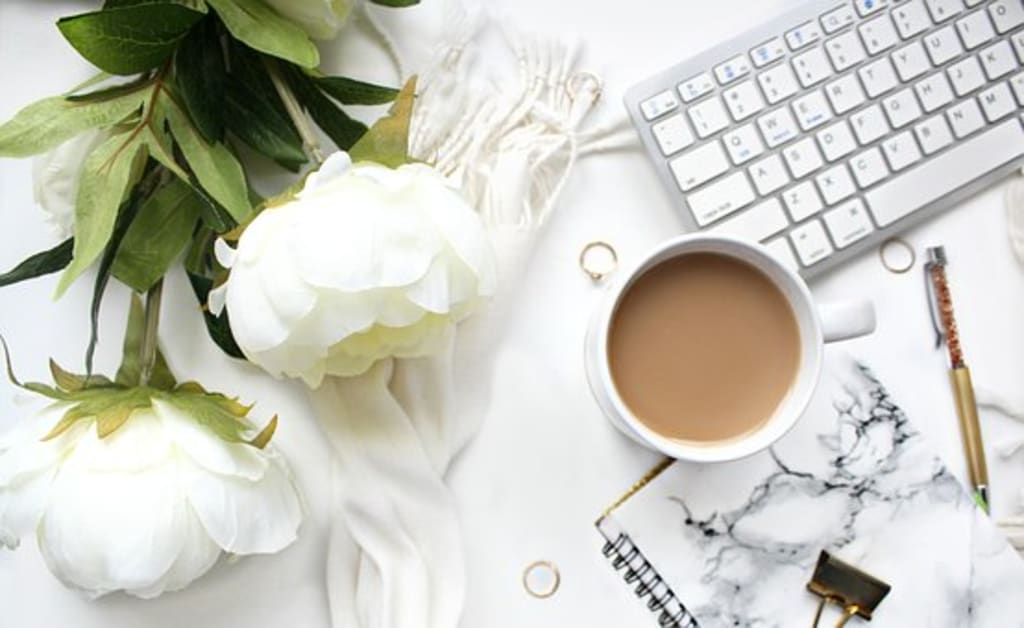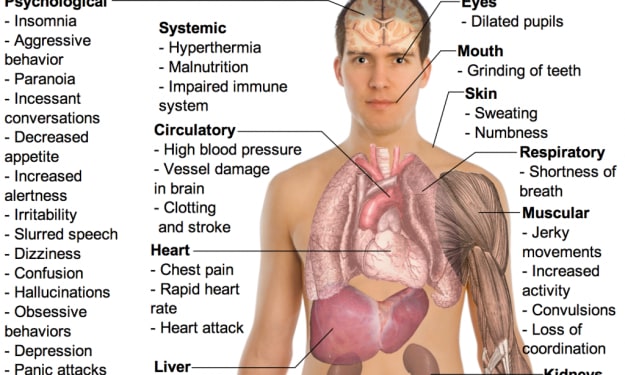What Is Kava?
Consuming kava introduces a mild sedation, a pleasant sense of euphoria, a slight numbing of the mouth and tongue and, enhanced social interaction.

Kava is integrally interwoven into the history and culture of the Hawaiian Islands, playing an important role in rituals and sacred ceremonies. Upon arriving in Wilemea Bay on the Garden Isle of Kauai, Captain Cook became the first white man to sample the mysterious liquor of the royal Hawaiian Kings.
Captain Cook dubbed the plant kava, which means, “intoxicating pepper.” The beverage, also known as kava kava, yaqona, yanggona, or sakua, is a traditional South Pacific beverage made from the root of the pepper plant. In the Hawaiian language, the magical brew is simply called awa.
Remarkably similar to the traditional peace-pipe rituals of the American Indian, Pacific Islanders have for centuries ceremonially consumed kava to smooth out differences, foster friendships and encourage harmonious relationships between neighbors.
Kava - Popular From Asia To Australia
Available at local health food stores and sold by herbal practitioners, kava powder, kava tea, and kava enhanced tinctures are readily available. Kava advocates note, “Mood enhancer and sexual stimulant, kava heightens the joy found in companionship, love, and intimacy. Around the world, people seeking natural, organic relief of stress and the tensions of daily life, have promoted an increased awareness and medical research into kava, one of Mother Nature’s most exotic plants. Maintaining ethnic tradition, Hawaii natives continue to use the mystical beverage to welcome guests, resolve conflicts and encourage storytelling and goodwill.”
Widely used from Asia to Australia, kava enhances relaxation, promotes social engagement, and relieves stress without impairing mental clarity. Some users report vivid dreams when using kava. Kavalactones, the active ingredients contained within the fibrous root, actually relieves social anxiety and encourages a free flow of verbal expression. The kava plant contains 15 known psychoactive kavalactones, also known as kavapyrones. Typically users feel the effect of kava within 20 minutes of consuming the liquid; effects are observable for 2 to 12 hours after ingesting.
Kava lovers praise Kava espresso; so named because it uses very little water. A quick pick-me-up, kava espresso is ideal for use anytime during the day to quickly relieve stress, anxiety or just to unwind. In a cup place one heaping tablespoon of kava powder (more or less), add one-half teaspoon powdered lemonade mix (more or less), add a third of a cup water, stir or shake until smooth, drink immediately after mixing to avoid settling. The lemon flavor masks the earthy taste of kava. Use additional kava for a stronger sensation.
The Benefits of Kava
Health.Learning.org advises, “Kava may help sooth your nerves and the daily pressures associated with anxiety. Since anxiety is such a prevalent disorder, the prospect of treating it in a non-addictive way has people beating a path to their local health food stores. Try and get in line early, folks, because when demand is greater than supply, shelves become empty and prices go up.”
Traditional healers and health care providers, to treat the symptoms of a diverse array of ailments including anxiety, nervousness, fatigue, stress, asthma, arthritis, vaginitis, and urinary tract infections, have long prescribed kava.
Kava gained notoriety in Europe during the 1880s when German physicians prescribed kava to help lower blood pressure. Kava became more popular than wine or spirits amongst European high society as a balm for migraines, nervous disorders, and weak bladders.
Dr. Andrew Weil in an article “Keen On Kava?” comments, “Kava is an herb that can be effective for alleviating the symptoms of anxiety. In some human studies, improvements have been seen after only one or two doses, and were maintained over the following few weeks. Preliminary evidence suggests that kava may work as well for anxiety as potentially addictive benzodiazepine drugs. What's more, it doesn't appear to be overly sedating or habit-forming.”
Enjoying Kava
After harvesting and drying, the kava root is ground to a fine powder. A hefty handful of the pulverized root is tossed into to a large ceremonial bowl of cool spring or water completes the preparation. Traditionally, coconut half shells are used to scoop up the liquid. In an aloha gesture of friendship, drinkers clap first, then lift the coconut shell with both hands and drink the kava liquid in one continuous swallow.
In the Hawaiian Islands, locals and visitors can indulge their quest for kava at local kava bars; the atmosphere of a kava venue similar to the relaxed congeniality of a neighborhood coffee shop.
Diamond Head Cove Kava Bar, a favorite gathering spot for locals on Oahu notes, “Kava is traditionally consumed as a "tea" a water-extract is made from straining a mixture of water and shredded or pounded, dried or fresh, root and or underground stump. The extract is an emulsion-suspended kavalactone droplets in a starchy suspension. Taste is slightly pungent; the distinct aroma varies from fresh to dry and by variety. Color gray to tan to greenish opaque. You can try in at kava bars on Hawaii, Maui and Oahu.”
For home use, kava is available for purchase from health food stores or on line as bulk powder, capsules, teas, and tinctures. Consumers should look for standardized extracts of kava that have a minimum 70% kavalactone content.
Some strains deliver improved cognitive skills, memory recall and a sense of peace and acceptance that lasts for several days. Medical research indicates that kava improves sleep quality and allows users to fall asleep faster. Kava focuses the mind, calms the spirit and relaxes the body.
There are many strains or awa cultivars with over 15 different strains cultivated in the Hawaiian Islands. Growers on the Orchid Isle are famous for three spectacular strains.
• Traditionally reserved only for royalty, the Mo’I strain of Kava exhibits a surprisingly high volume of the kavalactone kavain.
• Papa´ele´ele, the strain most often used in sacred ceremonies, provides a fast acting calmative. Rich in euphoricients, Papa´ele´ele, renowned for its association with Papa (earth-mother), Papa´ele´ele presents a strong, earthy aroma and bitter, celery-like taste.
• Tuday, also known as “two-day”, the most popular kava strain for recreational relaxation, produces a state of intense relaxation followed by restful, dreamless sleep. Tuday is highly potent presenting an intense pine flavor. The effects of Tuday last up to two days. Only found growing on the volcanic slopes of Mount Hualalai on the Big Island Of Hawaii, the coveted “426” strain remains the strongest strain of Kava known today.
Concerns And Cautions
AltMedicine.About.com advises, “Kava shouldn't be taken with any drug or herb that impairs liver function. Kava also may interfere with blood clotting, so people taking Coumadin (warfarin) or any drug that influences blood clotting should avoid it unless under a doctor's supervision.
Kava shouldn't be combined with alcohol or medications for anxiety or insomnia, including benzodiazepines such as Valium (diazepam) or Ativan (lorazepam). It may have an additive effect if taken with drugs that cause drowsiness.”
EmedicineHealth.com reports on the drug side effects and interactions of kava, reporting, “Kava has been shown to cause severe liver injury including hepatitis, cirrhosis, and liver failure. Do not take kava if you have liver problems or take medications that can affect the liver. Stop taking kava and seek emergency medical attention if you have liver symptoms such as nausea, stomach pain, loss of appetite, itching, dark urine, clay-colored stools, or jaundice (yellowing of the skin or eyes).
Kava should not be used for longer than three months without a doctor's supervision. The long-term use of kava has reportedly lead to "kawanism", which is characterized by dry, flaking, discolored skin; reddened eyes; a scaly skin and a rash; puffy face; muscle weakness; blood abnormalities; and feelings of poor health.”
Kava has been shown to interact with alcohol and with several categories of prescription medications. It increases the effect of barbiturates and other psychoactive medications. Doctors advise,
“Kava may increase drowsiness when taken with substances that cause drowsiness, including antidepressants, alcohol, sedatives (used to treat insomnia), pain relievers, anxiety medicines, and muscle relaxants. Do not take kava without first talking to your doctor if you take any prescription or over-the-counter medicine or herbal/health supplement that makes you drowsy.”
About the Creator
Marlene Affeld
“A passionate writer for more than 30 years, Marlene Affeld’s passion for the environment inspires her to write informative articles to assist others in living a green lifestyle.”






Comments
There are no comments for this story
Be the first to respond and start the conversation.